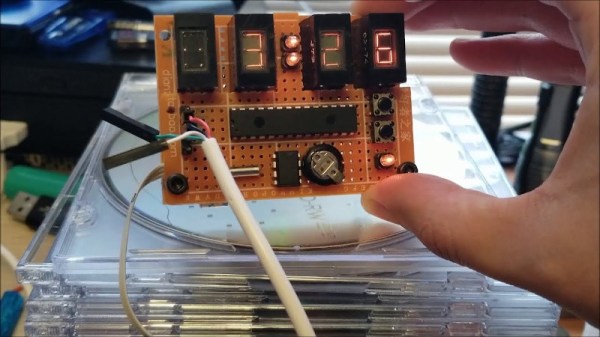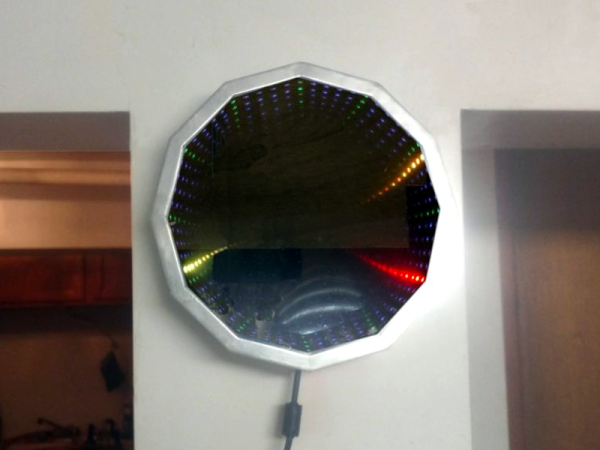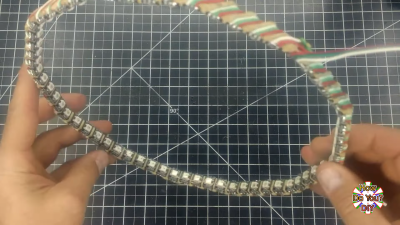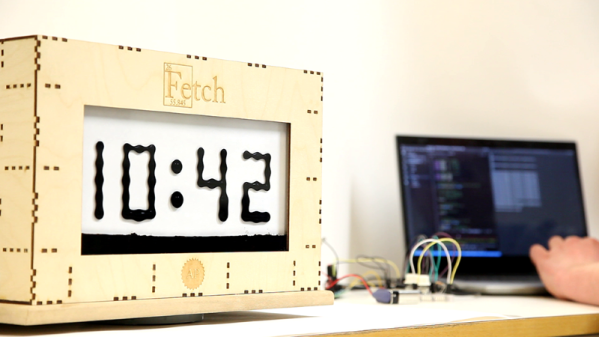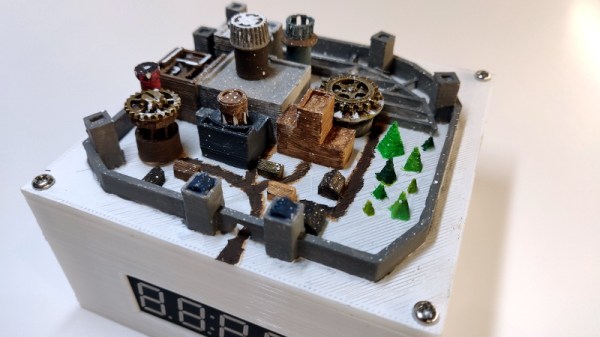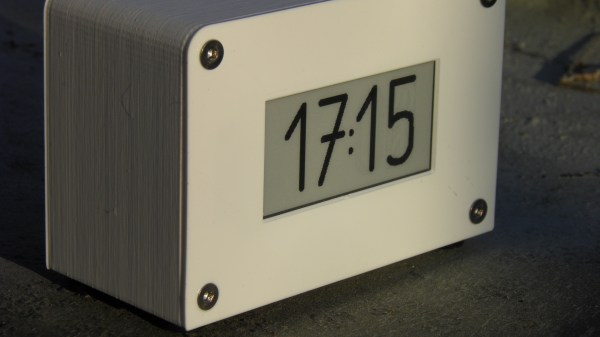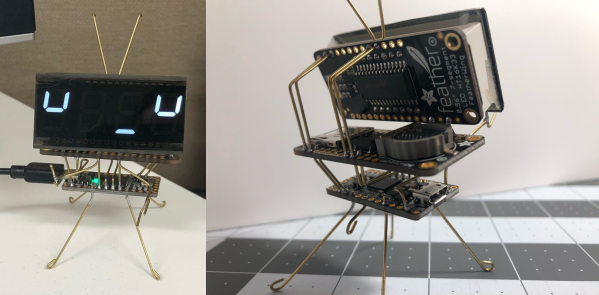As far as hacker clock builds go, the more obscure the parts involved, the better. By this yardstick, [sjm4306] has a great piece on his hands with this Numitron-based build.
The Numitron was a type of display popular in the 1970s, and often used in aircraft avionics and other high-end hardware. The display is a 7-segment type, but using filaments instead of LEDs. [sjm4306] was able to lay his hands on four of these devices, along with some bulbs to act as the digit seperator and AM/PM indicator. Due to being incandescent in nature, multiplexing wasn’t a practical option, with lower duty cycles drastically dimming the display. Instead, a 32-bit cascaded shift register was used to enable all the segments to be driven at the same time.
It’s a great build that uses some genuine original display hardware to create a clock with a compelling vintage aesthetic. This would make a great gift to a pilot from the era, or any hacker that likes the unusual display technologies of yesteryear. You can even build a Numitron watch, if you’re so inclined. Video after the break.

